Hi there, pet lovers! 🕷️
When it comes to iconic and misunderstood creatures, few animals evoke as much fascination and fear as the Black Widow spider. Known for their glossy black bodies and striking red hourglass markings, these spiders are often associated with danger. But are they suitable as pets? In this detailed review, we’ll explore everything you need to know about keeping a Black Widow spider, from their behavior and care requirements to their availability and cost. Whether you’re a seasoned arachnid keeper or simply curious about these intriguing creatures, this guide will help you decide if a Black Widow is the right pet for you.
Overview
Black Widow spiders (Latrodectus spp.) are among the most recognizable arachnids in the world. Found in various regions across the globe, these spiders are known for their potent venom and unique mating behaviors. While they may not be the cuddliest of pets, they are fascinating to observe and surprisingly low-maintenance. Here’s a quick summary of what makes Black Widows stand out:
- Handling and Temperament: Not suitable for handling; best observed from a distance.
- Care and Maintenance: Extremely low-maintenance, requiring minimal space and resources.
- Health and Durability: Hardy and resilient, with a lifespan of 1.5 to 3 years for females.
- Availability: Widely distributed and easy to find in the wild or through breeders.
- Cost: Very affordable to acquire and care for.
- Overall: A unique and captivating pet for experienced arachnid enthusiasts who appreciate observing rather than handling their pets.
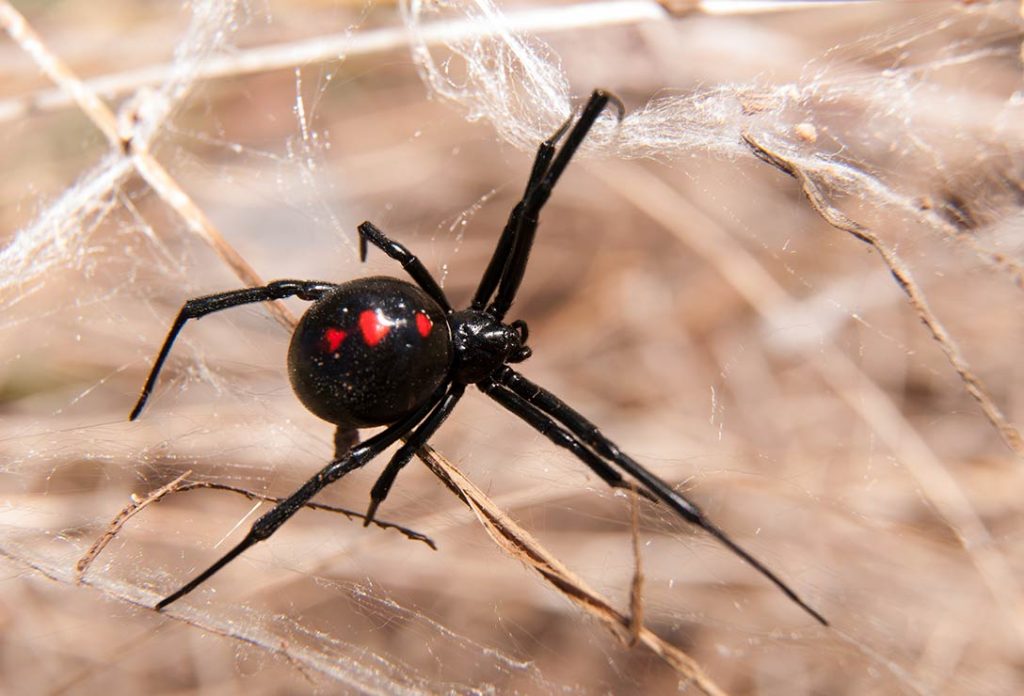
Why Choose a Black Widow Spider?
Black Widows are ideal for those who want a low-maintenance, visually striking pet that doesn’t require daily interaction. These spiders are perfect for people who enjoy observing natural behaviors, such as web-building and hunting. Their reputation for being dangerous adds an element of intrigue, but with proper precautions, they can be safely kept as pets.
However, Black Widows are not recommended for beginners or those who want a hands-on pet. Their venomous nature demands respect and careful handling (or rather, non-handling). If you’re someone who appreciates the beauty of arachnids from a distance and enjoys creating a naturalistic habitat, a Black Widow might be the perfect addition to your collection.
Handling and Temperament
Black Widows are not handling pets. Their venom, while rarely fatal to humans, can cause significant discomfort, including muscle pain, cramping, and nausea. For this reason, we strongly recommend minimal to no handling.
Behavior and Personality
Black Widows are naturally shy and reclusive. They prefer to stay hidden in their webs and will only bite if they feel threatened or cornered. Despite their fearsome reputation, they are not aggressive and will usually retreat rather than confront a perceived threat.
Handling Tips
- Avoid handling: Use tools like long tweezers or a soft brush for enclosure maintenance.
- Respect their space: Never attempt to pick up a Black Widow with your hands.
- Watch for stress signs: If the spider becomes agitated (e.g., curling up or vibrating its web), give it space.
Biting
While bites are rare, they can happen if the spider feels threatened. Symptoms of a bite include localized pain, muscle cramps, and sweating. Seek medical attention if bitten, especially if symptoms worsen.
Care and Maintenance
One of the biggest advantages of keeping a Black Widow is their low-maintenance care. These spiders require minimal space and resources, making them an excellent choice for busy pet owners.
Enclosure Setup
- Size: A small enclosure, such as a 1–2-gallon jar or terrarium, is sufficient.
- Climbing Space: Add sticks, twigs, or artificial plants for web-building.
- Substrate: Use a thin layer of coconut fiber or paper towels for easy cleaning.
- Hiding Spots: Provide small hides or leaf litter to make the spider feel secure.
Humidity and Temperature
- Humidity: Moderate humidity (50-70%) is ideal. Mist the enclosure lightly once or twice a week.
- Temperature: Keep the enclosure at room temperature (70-85°F). Avoid extreme heat or cold.
Feeding
- Diet: Black Widows thrive on a diet of live insects, such as crickets, mealworms, or small roaches.
- Feeding Schedule: Feed adults once or twice a week; juveniles may require more frequent meals.
- Water: Provide a small water droplet on the side of the enclosure or a damp paper towel.
Lighting
Black Widows do not require special lighting. Indirect natural light or a low-wattage bulb is sufficient.
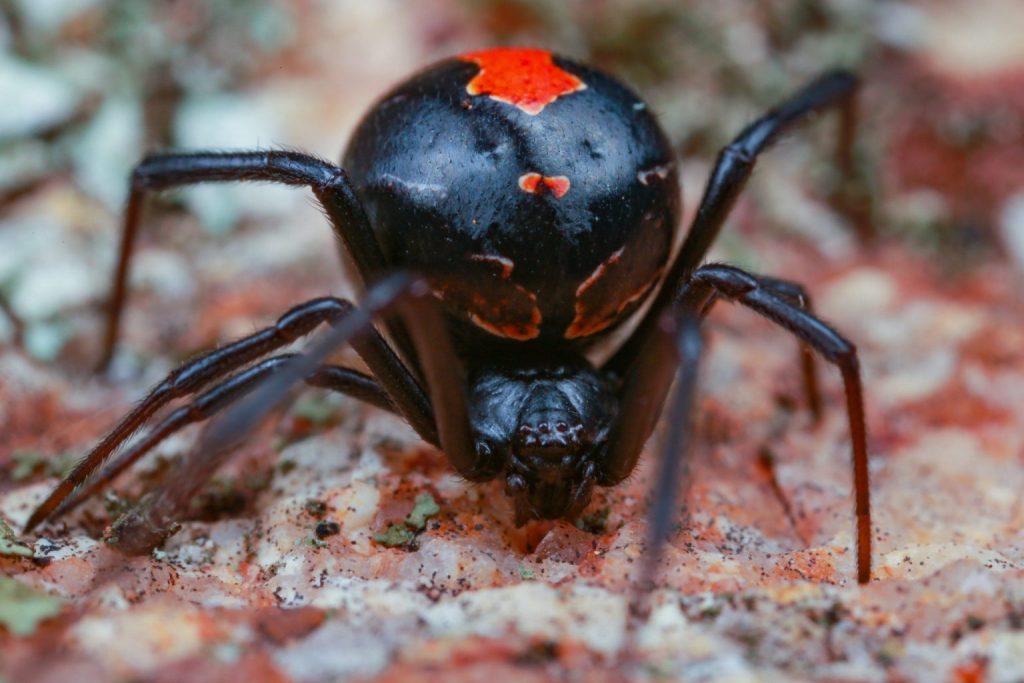
Health and Durability
Black Widows are hardy and resilient, making them relatively easy to care for. However, they are sensitive to extreme environmental changes, so maintaining stable conditions is crucial.
Common Health Issues
- Dehydration: Caused by low humidity or lack of water.
- Stress: Can lead to refusal to eat or web-building.
- Injury: Rare, but can occur if the spider falls or is mishandled.
Preventative Care
- Maintain proper humidity and temperature levels.
- Avoid overhandling or disturbing the spider unnecessarily.
- Provide a balanced diet and clean water.
With proper care, female Black Widows can live for 1.5 to 3 years, while males typically live for only a few months after reaching maturity.
Availability and Cost
Black Widows are widely available and can often be found in the wild or purchased from breeders.
Where to Buy
- Breeders: The best option for acquiring a healthy, captive-bred spider.
- Reptile Expos: A great place to find Black Widows and other arachnids.
- Wild Caught: While possible, wild-caught spiders may carry parasites or diseases.
Cost
- Spider: Typically $10 to $30, depending on age and size.
- Enclosure: A basic setup can cost under $50.
- Ongoing Costs: Minimal, as their diet consists of inexpensive live insects.
Pros and Cons
Pros
- Low-maintenance and easy to care for.
- Fascinating to observe, with unique behaviors like web-building and hunting.
- Affordable to purchase and maintain.
- Long lifespan for females (1.5–3 years).
Cons
- Not suitable for handling due to their venomous nature.
- Require careful monitoring of humidity and temperature.
- Males have a very short lifespan.
- Potential for egg sacs if keeping a mature female.
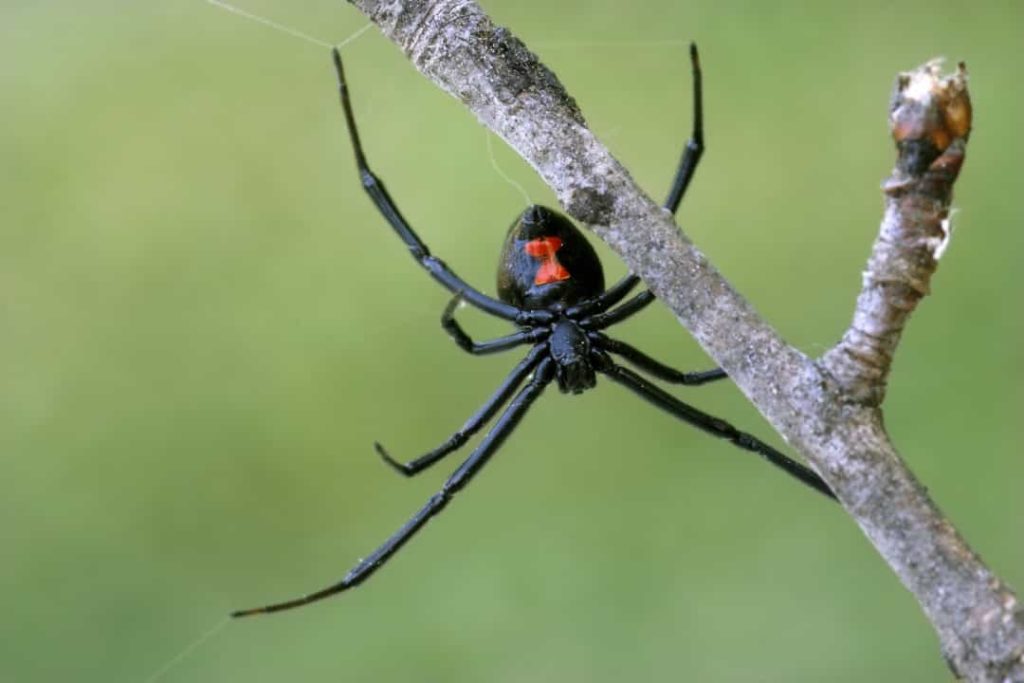
Final Thoughts
Black Widow spiders are captivating and unique pets that offer a glimpse into the world of arachnids. While they are not suitable for handling, their low-maintenance care and fascinating behaviors make them an excellent choice for experienced arachnid enthusiasts.
If you’re considering a Black Widow, we recommend starting with a juvenile female for a longer lifespan and fewer surprises (like unexpected egg sacs). Always prioritize safety and respect when caring for these remarkable creatures.
Have you owned a Black Widow? Share your experiences and tips in the comments below! We’d love to hear how you care for your spider and what makes them special to you.
For more arachnid care tips and reviews, stay tuned to our blog and don’t forget to subscribe to our newsletter! 🕷️

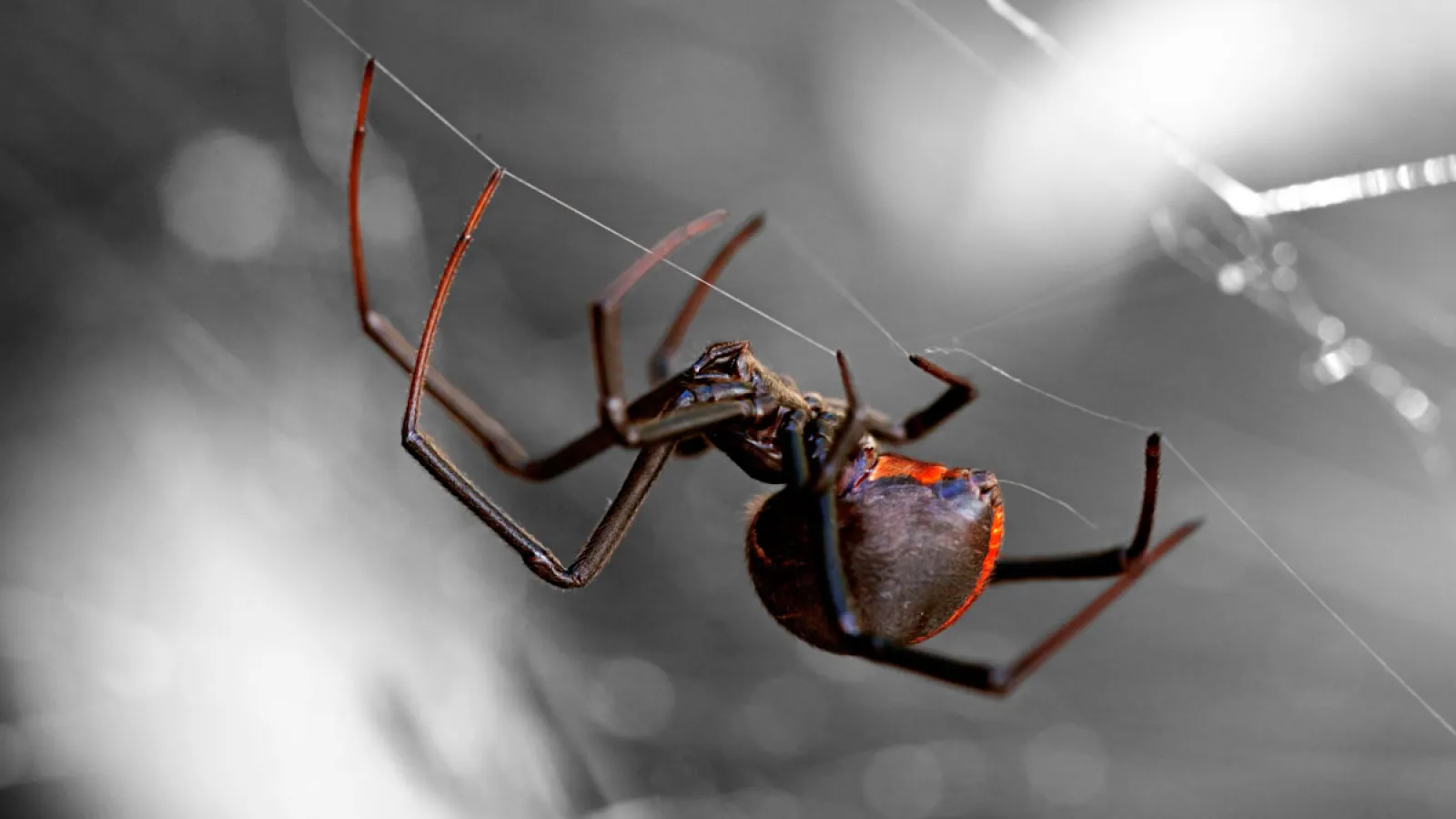

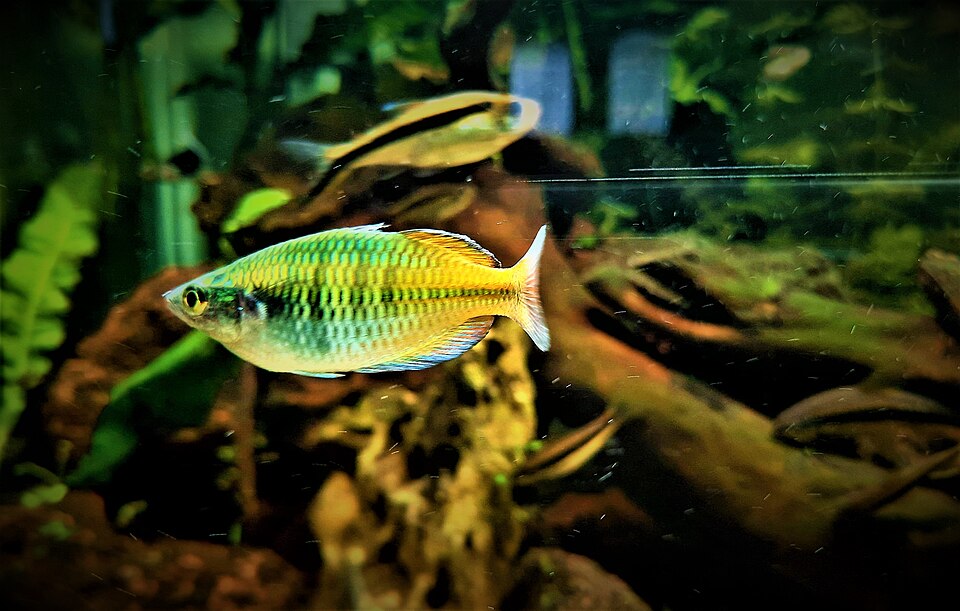
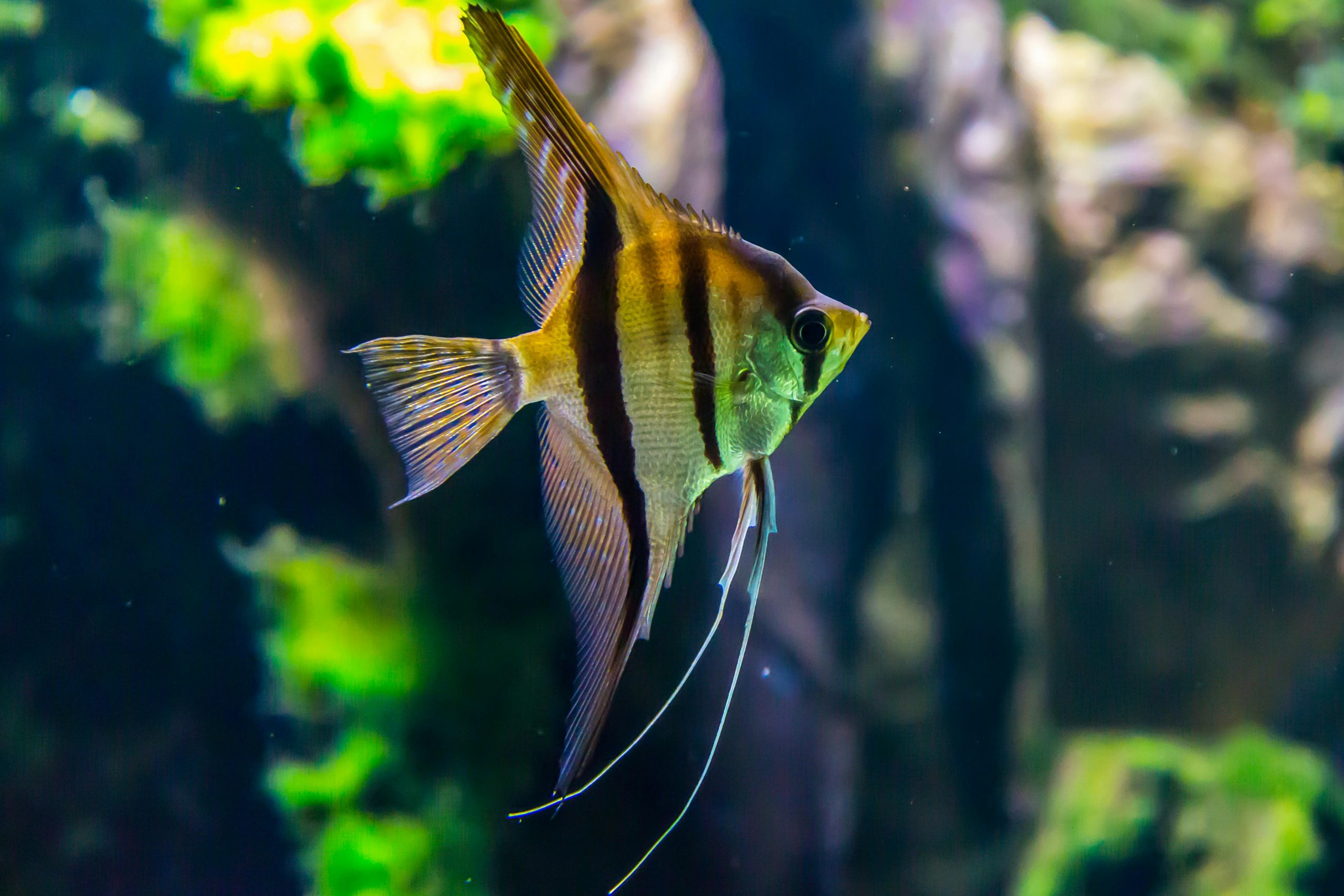
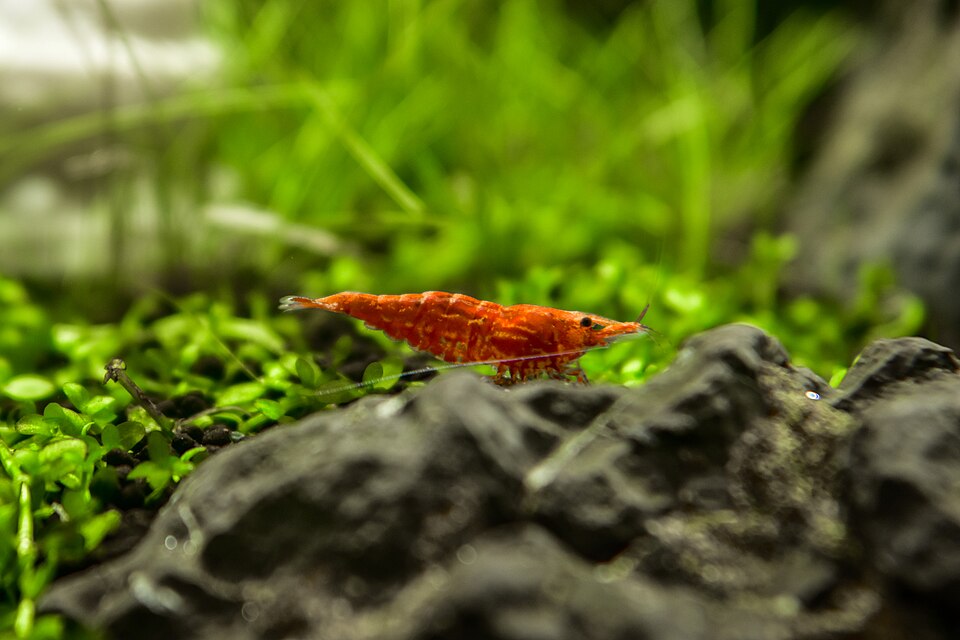

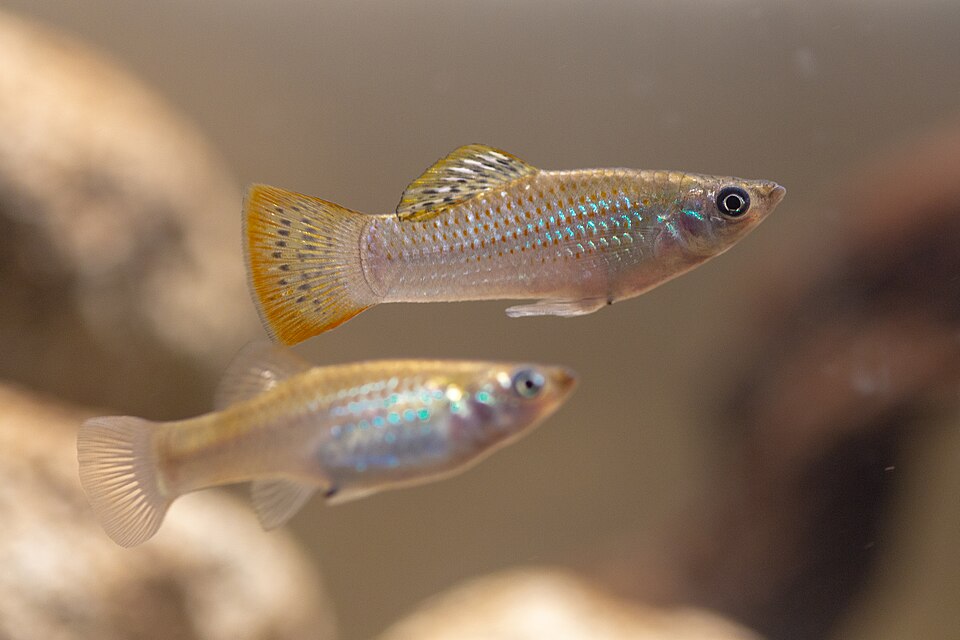
Leave a Reply